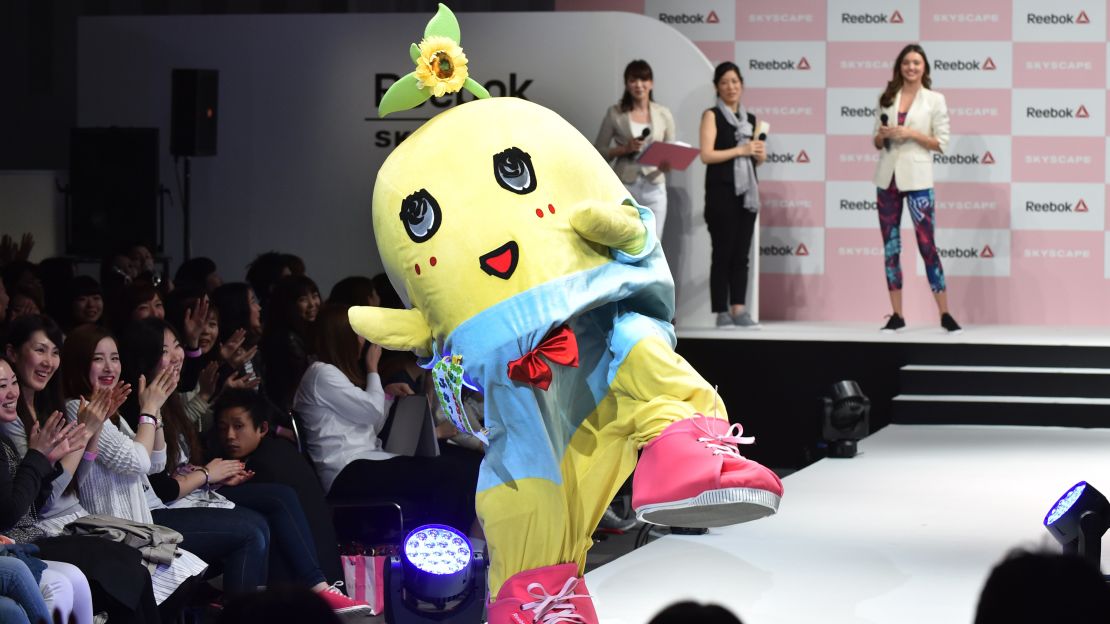When the organizing committee for the Tokyo 2020 Olympics released images of the Games’ mascots, few people blinked – after all, mascots are standard fare for the Olympics.
But in Japan, mascot culture goes far deeper than the occasional world event. Throughout the country, there are mascots for everything from local sports teams to home-goods companies and public parks.
The Twitter account Mondo Mascots has become a huge hit for celebrating these mascots, with close to 51,000 followers obsessing over the most unusual ones – from bears with permanently red cheeks to creatures with naan bread or udon bowls on their heads.
While mascots may seem fun and wacky, Dr. Joshua Paul Dale, a professor at Tokyo Gakugei University, tells CNN Travel that mascot culture is a great way to understand Japanese society as a whole, especially the concept of “kawaii,” or cuteness.
“Cuteness became prevalent in Japan in the 1980s, and one reason it did is that there was a student protest movement here which totally failed,” explains Dale, who works in the emerging field of “cute studies” and is the co-editor of the book The Aesthetics and Affects of Cuteness. “
“The students turned away from politics, a trend which continues to this day … The students turned inward, and that’s when the kawaii boom started, primarily among young women.”
Many Japanese mascots began as symbols for small towns or lesser-visited regions of the country as a way to encourage tourism.
Brands also saw the power in putting cute characters on ordinary items, such as school and office supplies, to make them stand out – something that the company Sanrio made into a worldwide brand with its character Hello Kitty.

Chris Carlier is a British freelance illustrator who has been living in Tokyo for more than a decade. He started Mondo Mascots purely because he was interested in the culture and enjoyed taking photos of mascots he saw.
“A few years ago I saw the costumed mascots walking around and started taking pictures and looking them up,” he tells CNN Travel. “It’s like birdwatching or collecting stamps.”
He also cautions against taking mascots at face value and seeing them only as cutesy and innocent. “Bad things have mascots, too. Nuclear plants, large corporations with bad practices. Cults have mascots.”
Not only is mascot culture massive, it even has its own event – the Yuru-chara Grand Prix.
This annual event is like a beauty pageant crossed with a fan con. Over several days, fans can come and get their photos taken with their favorite mascots as well as learn about new ones, and a winner is crowned.
The 2018 winner at Yuru-chara was Kaparu, a green kappa (water goblin) who represents Shiki, a city in Saitama Prefecture northwest of Tokyo.
As mascots become more and more popular, characters have to work harder to stand out – now, some of them will have a special trademark dance move or gesture.
Whether it’s mascots, manga or maid cafes, travelers come from all over the world to experience what Japan does best. Dale says that the spirit of “kawaii” is one thing tourists often want to learn more about and experience.
“When you walk around in Japan, you are not surrounded by cuteness at every turn – but it does show up in unexpected places.”














